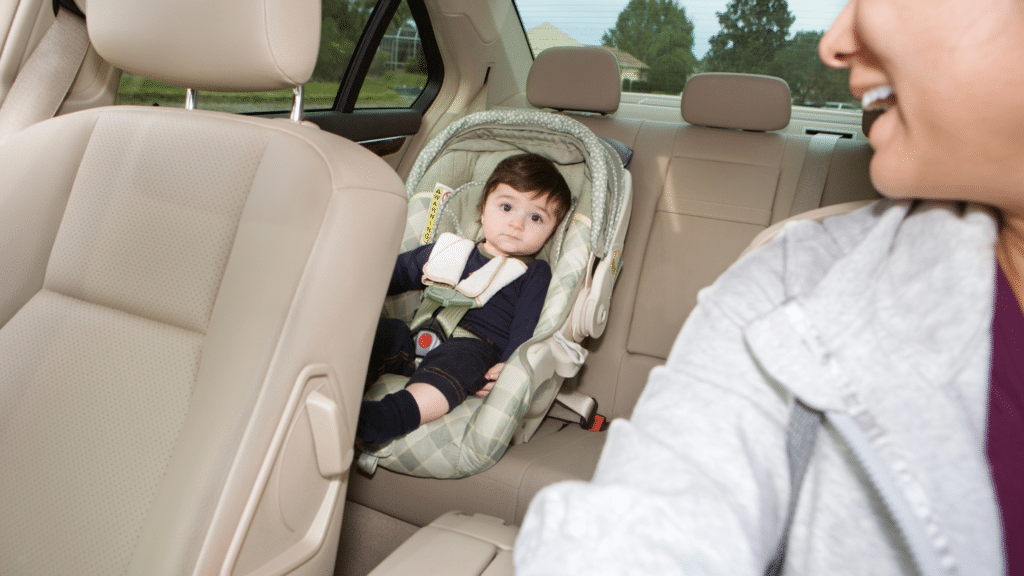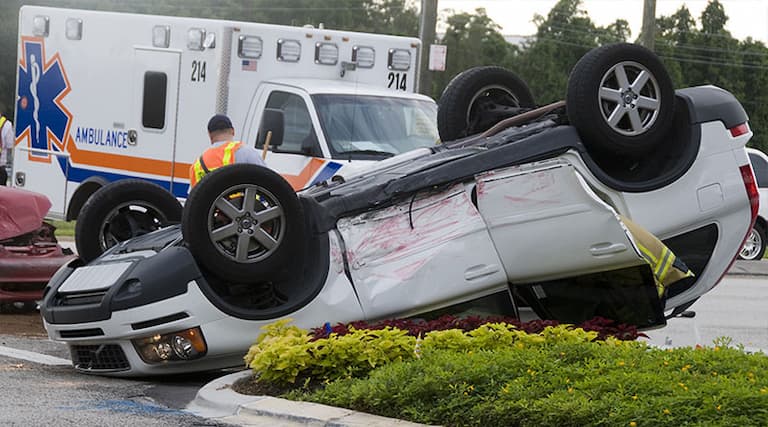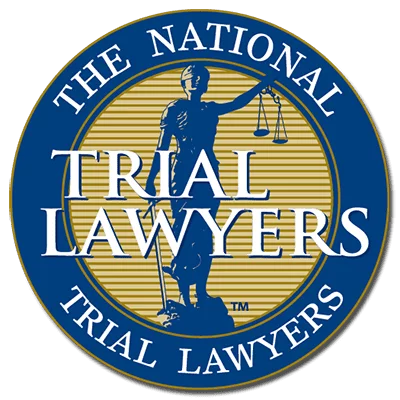Car accidents are one of the leading causes of child fatalities and injuries in the United States. However, car and booster seats have been proven to significantly reduce the risk of injury or death in a car accident. Unfortunately, while there is currently a federal safety standard for car seats, it has limitations and may not keep up with the latest technologies and best practices.
As such, there is a need for a new federal motor vehicle standard for car seats and booster seats that reflects the latest advances in safety technology and ensures maximum protection for children in vehicles. This outline will explore the current federal standard, the proposed new standard, and the benefits and challenges associated with its implementation.
Current Federal Motor Vehicle Safety Standard for Car Seats and Booster Seats
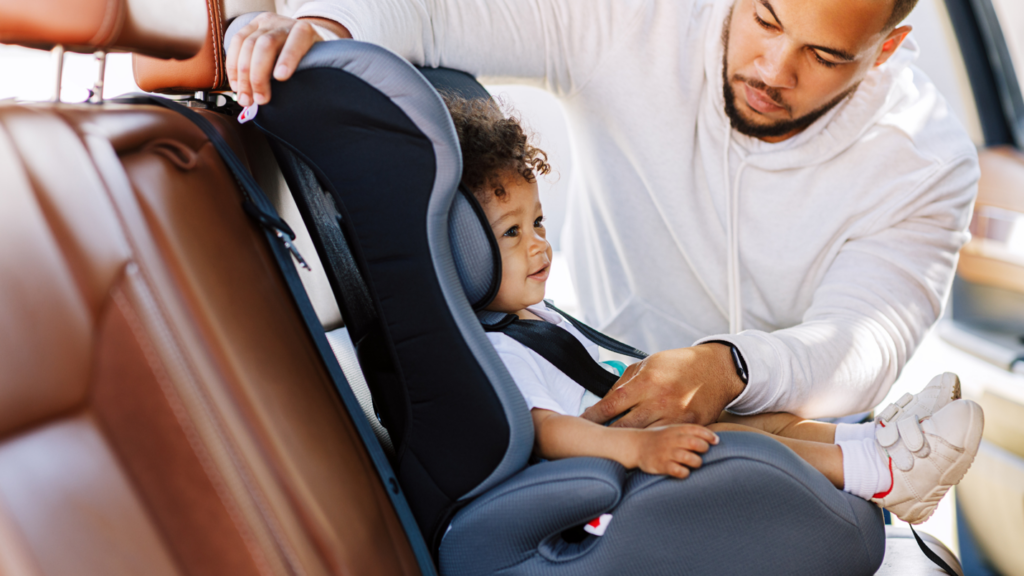
Current Standard
The current federal American safety standard for car and booster seats is FMVSS 213. This standard was established in 2014 and outlined the minimum requirements that car and booster seats must meet to be sold and used in the United States.
FMVSS 213 requires car seats and booster seats to undergo a series of crash tests that measure their ability to protect a child in the event of a frontal, side, or rear collision during a car seat accident. The standard also sets requirements for seat belts and lower anchor attachments and instructions for properly installing and using the car seat or booster seat.
FMVSS 213 applies to car seats and booster seats designed for children who weigh not more than 80 pounds and not taller than 57 inches tall. The standard also requires manufacturers to include product labels that indicate the appropriate age, weight, and height range for each car seat or booster seat.
Testing Procedures and Performance Requirements
FMVSS 213 outlines testing procedures and performance requirements that car and booster seats must meet to be sold and used in the United States. These procedures and requirements are as follows:
- Inadequate testing for certain types of crashes: The current standard only requires testing for frontal, side, and rear crashes but does not require testing for other types of crashes, such as rollovers or side-impact crashes that occur at higher speeds.
- Lack of consideration for variations in child size and weight: The current standard does not consider the differences in the sizes and weights of children, which can impact the effectiveness of the car seat or booster seat.
- Limited use of safety technologies: The current standard does not require car seats and booster seats to incorporate the latest safety technologies, such as smart sensors, crash avoidance systems, or advanced materials that can enhance the protection offered to children in the event of a car accident.
- Inconsistent Labeling: The current labeling requirements for car and booster seats are inconsistent and can confuse parents and caregivers.
Proposed Vehicle Safety Standard
The proposed new federal motor vehicle safety standard for car seats and booster seats aims to enhance the safety of children while riding in vehicles by setting more rigorous testing procedures and performance requirements and requiring the use of advanced safety technologies.
The goal of the new standard is to address the shortcomings of the current standard, which does not adequately test for certain types of crashes, does not consider the differences in child sizes and weights, and does not require the use of the latest safety technologies. The proposed new standard would address these shortcomings and ensure that car, and booster seats provide maximum protection for children in a car accident.
New Testing Procedures and Performance Requirements
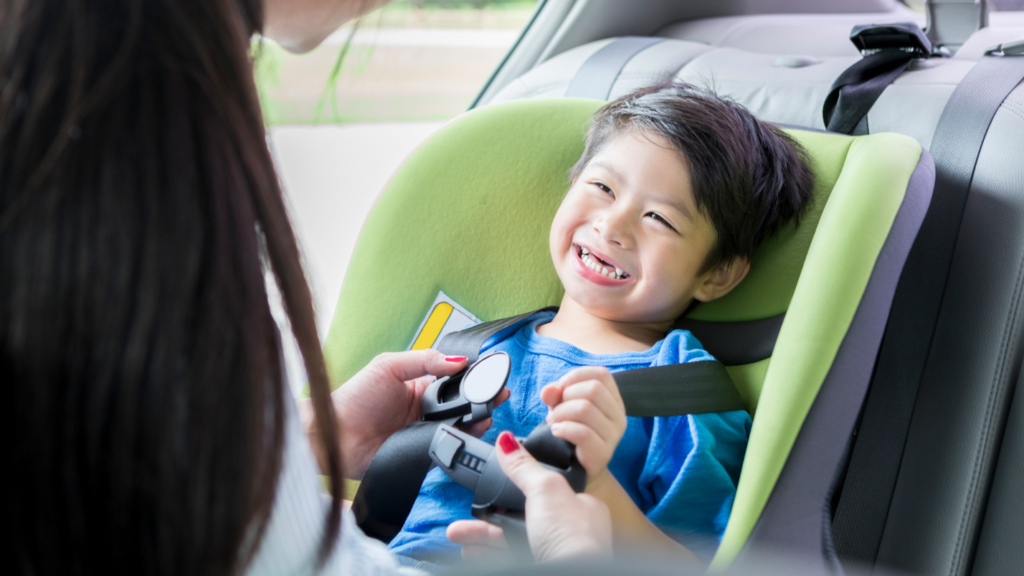
Varied Crash Scenarios and Dummy Sizes
The new testing procedures would include testing for a broader range of crash scenarios, including side-impact and rollover crashes. The new standard would also consider the differences in child sizes and weights and require car and booster seats to be tested with child dummies of varying sizes and weights.
Performance Requirements
The new performance requirements would focus on ensuring that car seats and booster seats provide adequate protection for children in a car accident. This would include provisions for maximum force and displacement limits during crash testing and requirements for head excursion and neck loads. The new standard would also require car seats and booster seats to meet minimum levels of protection for different types of crashes.
Testing in Different Positions
The new standard would also require car seats and booster seats to be tested in various seating positions in a vehicle, including the front and rear seats. This would ensure that car, and booster seats provide maximum protection for children in all seating positions.
Overview of Features and Technology Required
The proposed new federal motor vehicle safety standard for car seats and booster seats would require advanced safety features and technologies to enhance the protection offered to children while riding in vehicles.
Smart Sensors: These sensors would be used to detect the presence of a child in the car seat or booster seat and the child’s weight and size. This information would ensure that the car seat or booster seat is installed correctly and adjusted to provide maximum protection for the child.
Advanced Materials: Advanced materials, such as energy-absorbing foam and high-strength steel, will be required to enhance the protection offered to children in the event of a car accident. These materials would be used to reduce the impact forces experienced by the child during a crash, thereby reducing the risk of injury or death.
Crash Avoidance Systems: These systems would be designed to detect potential collisions, apply brakes, or take other evasive actions to avoid crashes. Using these systems would help reduce the risk of injury or death in car accidents.
Advanced Restraint Systems: An example of such is the five-point harnesses to enhance the protection offered to children in the event of a car accident. These restraint systems would be designed to keep the child securely in the car or booster seat during a crash, thereby reducing the risk of injury or death.
Challenges and Controversies
The proposed new federal motor vehicle safety standard for car seats and booster seats after a car accident may face several challenges and controversies during its implementation. These may include opposition from manufacturers, consumers, and other stakeholders, as well as issues related to enforcement and compliance. However, if the new standard is successfully implemented, it has the potential to significantly enhance the protection offered to children while riding in vehicles.
- Manufacturers
Manufacturers may resist the new standard due to the increased costs associated with developing and testing car and booster seats that comply with the new requirements. Additionally, some manufacturers may argue that the new requirements are unnecessary or too burdensome. - Consumers
Consumers may also resist the new standard, particularly if it raises prices for car seats and booster seats. Additionally, some consumers may feel that the new requirements are unnecessary or overly complicated. For example, many consumers ask, “do car seats need to be replaced after a car accident?” as it entails additional cost. - Safety Advocates & Government Agencies
Other stakeholders, such as safety advocates and government agencies, may also have concerns about the new standard. For example, safety advocates may argue that the new requirements do not go far enough to protect children. At the same time, government agencies may struggle with the logistics of enforcing the new standard and ensuring compliance.
Enforcement and compliance may also be significant issues in implementing the new standard. For example, it may be difficult for government agencies to ensure that all car seats and booster seats on the market meet the new requirements, particularly if manufacturers resist the new standard or drag their feet in implementing the necessary changes.
Additionally, consumers may struggle to understand the new requirements and ensure that they properly install and use car seats and booster seats that comply with the new standard.
Conclusion
In conclusion, the proposed new federal motor vehicle safety standard for car and booster seats represents a significant step in enhancing child driving safety. In addition, the new standard is designed to address some of the flaws of the current standard by introducing new testing procedures and performance requirements that are intended better to protect children in the event of a car accident.
While implementing the new standard may face challenges and controversies, particularly from manufacturers and consumers, the potential benefits of the new requirements are significant. By ensuring that all car seats and booster seats on the market meet the highest safety standards, the new standard can significantly reduce the risk of injury or death for children riding in vehicles.
As such, it is crucial that all stakeholders work together to ensure that the new standard is successfully implemented and enforced so that children can be better protected while traveling in cars. By doing so, we can help to create a safer and more secure future for all of our children.
- Crash testing: To ensure that car and booster seats can protect a child in the event of booster seat car accidents, they must undergo a series of crash tests. The tests involve simulating crash scenarios using a crash test dummy that represents a child of a specific age and size.
- Head excursion: The standard limits the distance a child’s head can move forward during a frontal impact. The maximum length is 32 inches for car seats and 36 inches for booster seats.
- Chest acceleration: The standard limits how much force a child’s chest can experience during a crash. The limit is 60 Gs for car seats and 75 Gs for booster seats.
- Seat belt and lower anchor attachments: Car and booster seats must be equipped with seat belts and lower anchor attachments that meet specific strength and durability requirements.
- Labeling: Manufacturers must include labels on their products that indicate the appropriate age, weight, and height range for each car seat or booster seat.
Shortcomings of the Current Standard
The current standard has helped to improve child safety and reduce the risk of injury or death in car accidents. Still, there is a need for a new federal motor vehicle safety standard that reflects the latest advances in safety technology and ensures maximum protection for children in vehicles. The following are some of the noted shortcomings of the current standard:
- Inadequate testing for certain types of crashes: The current standard only requires testing for frontal, side, and rear crashes but does not require testing for other types of crashes, such as rollovers or side-impact crashes that occur at higher speeds.
- Lack of consideration for variations in child size and weight: The current standard does not consider the differences in the sizes and weights of children, which can impact the effectiveness of the car seat or booster seat.
- Limited use of safety technologies: The current standard does not require car seats and booster seats to incorporate the latest safety technologies, such as smart sensors, crash avoidance systems, or advanced materials that can enhance the protection offered to children in the event of a car accident.
- Inconsistent Labeling: The current labeling requirements for car and booster seats are inconsistent and can confuse parents and caregivers.
Proposed Vehicle Safety Standard
The proposed new federal motor vehicle safety standard for car seats and booster seats aims to enhance the safety of children while riding in vehicles by setting more rigorous testing procedures and performance requirements and requiring the use of advanced safety technologies.
The goal of the new standard is to address the shortcomings of the current standard, which does not adequately test for certain types of crashes, does not consider the differences in child sizes and weights, and does not require the use of the latest safety technologies. The proposed new standard would address these shortcomings and ensure that car, and booster seats provide maximum protection for children in a car accident.
New Testing Procedures and Performance Requirements

Varied Crash Scenarios and Dummy Sizes
The new testing procedures would include testing for a broader range of crash scenarios, including side-impact and rollover crashes. The new standard would also consider the differences in child sizes and weights and require car and booster seats to be tested with child dummies of varying sizes and weights.
Performance Requirements
The new performance requirements would focus on ensuring that car seats and booster seats provide adequate protection for children in a car accident. This would include provisions for maximum force and displacement limits during crash testing and requirements for head excursion and neck loads. The new standard would also require car seats and booster seats to meet minimum levels of protection for different types of crashes.
Testing in Different Positions
The new standard would also require car seats and booster seats to be tested in various seating positions in a vehicle, including the front and rear seats. This would ensure that car, and booster seats provide maximum protection for children in all seating positions.
Overview of Features and Technology Required
The proposed new federal motor vehicle safety standard for car seats and booster seats would require advanced safety features and technologies to enhance the protection offered to children while riding in vehicles.
Smart Sensors: These sensors would be used to detect the presence of a child in the car seat or booster seat and the child’s weight and size. This information would ensure that the car seat or booster seat is installed correctly and adjusted to provide maximum protection for the child.
Advanced Materials: Advanced materials, such as energy-absorbing foam and high-strength steel, will be required to enhance the protection offered to children in the event of a car accident. These materials would be used to reduce the impact forces experienced by the child during a crash, thereby reducing the risk of injury or death.
Crash Avoidance Systems: These systems would be designed to detect potential collisions, apply brakes, or take other evasive actions to avoid crashes. Using these systems would help reduce the risk of injury or death in car accidents.
Advanced Restraint Systems: An example of such is the five-point harnesses to enhance the protection offered to children in the event of a car accident. These restraint systems would be designed to keep the child securely in the car or booster seat during a crash, thereby reducing the risk of injury or death.
Challenges and Controversies
The proposed new federal motor vehicle safety standard for car seats and booster seats after a car accident may face several challenges and controversies during its implementation. These may include opposition from manufacturers, consumers, and other stakeholders, as well as issues related to enforcement and compliance. However, if the new standard is successfully implemented, it has the potential to significantly enhance the protection offered to children while riding in vehicles.
- Manufacturers
Manufacturers may resist the new standard due to the increased costs associated with developing and testing car and booster seats that comply with the new requirements. Additionally, some manufacturers may argue that the new requirements are unnecessary or too burdensome. - Consumers
Consumers may also resist the new standard, particularly if it raises prices for car seats and booster seats. Additionally, some consumers may feel that the new requirements are unnecessary or overly complicated. For example, many consumers ask, “do car seats need to be replaced after a car accident?” as it entails additional cost. - Safety Advocates & Government Agencies
Other stakeholders, such as safety advocates and government agencies, may also have concerns about the new standard. For example, safety advocates may argue that the new requirements do not go far enough to protect children. At the same time, government agencies may struggle with the logistics of enforcing the new standard and ensuring compliance.
Enforcement and compliance may also be significant issues in implementing the new standard. For example, it may be difficult for government agencies to ensure that all car seats and booster seats on the market meet the new requirements, particularly if manufacturers resist the new standard or drag their feet in implementing the necessary changes.
Additionally, consumers may struggle to understand the new requirements and ensure that they properly install and use car seats and booster seats that comply with the new standard.
Conclusion
In conclusion, the proposed new federal motor vehicle safety standard for car and booster seats represents a significant step in enhancing child driving safety. In addition, the new standard is designed to address some of the flaws of the current standard by introducing new testing procedures and performance requirements that are intended better to protect children in the event of a car accident.
While implementing the new standard may face challenges and controversies, particularly from manufacturers and consumers, the potential benefits of the new requirements are significant. By ensuring that all car seats and booster seats on the market meet the highest safety standards, the new standard can significantly reduce the risk of injury or death for children riding in vehicles.
As such, it is crucial that all stakeholders work together to ensure that the new standard is successfully implemented and enforced so that children can be better protected while traveling in cars. By doing so, we can help to create a safer and more secure future for all of our children.

